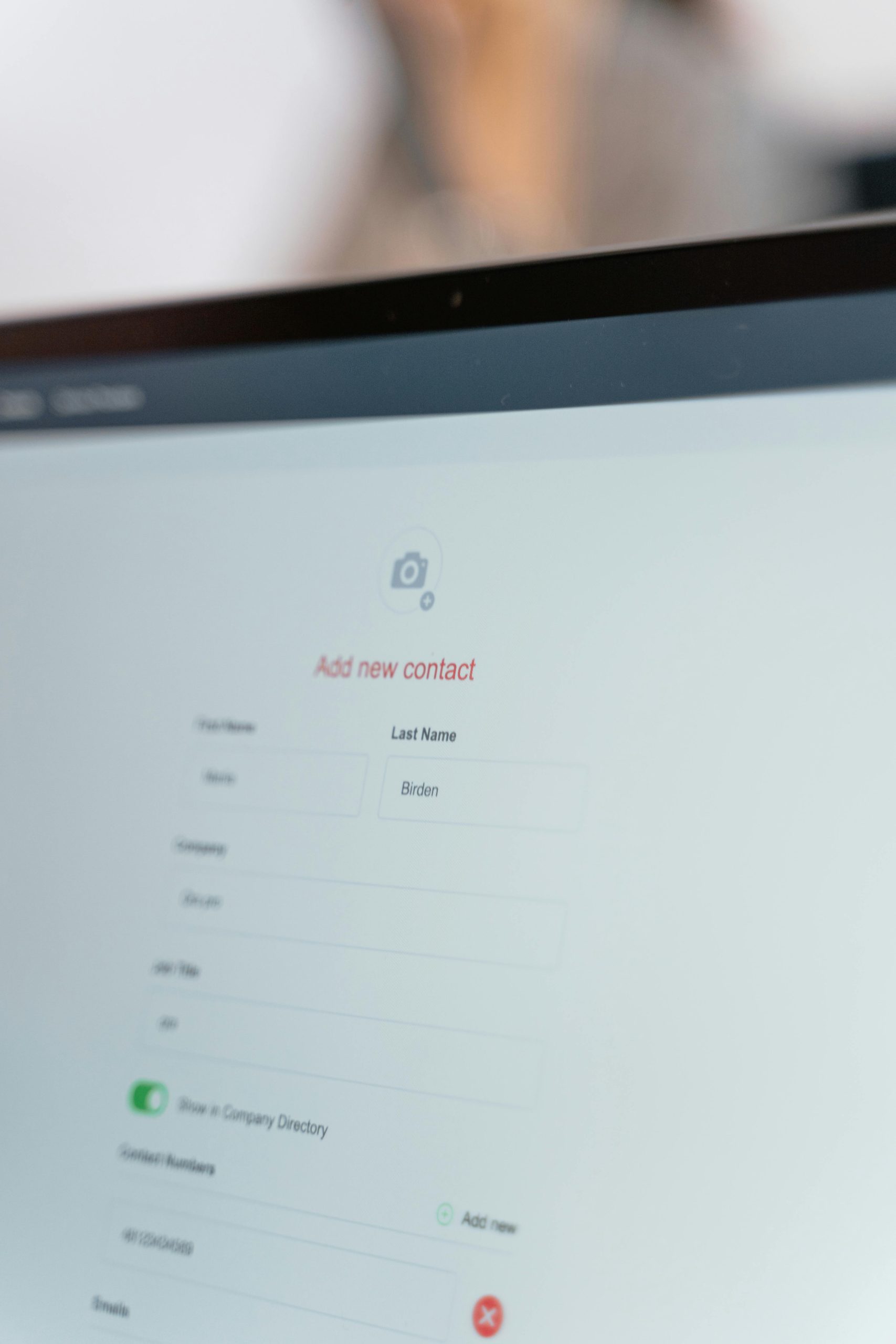Understanding the Risks of Improperly Seated GPUs
When setting up a new graphics processing unit (GPU) in your computer, it’s crucial to ensure that it is correctly seated in the PCI slot. A seemingly minor oversight—like failing to securely fit your GPU into place—can potentially lead to a range of issues. Let’s explore the potential impacts of having a GPU partially seated.
The Importance of Proper Seating
A GPU that isn’t fully inserted into the PCI slot can lead to various performance problems. Typically, such an issue might manifest as system instability, including frequent crashes, graphical glitches, or even a failure to boot. The lack of a firm connection can disrupt data transfer between the GPU and the motherboard, hindering the overall functionality of your system.
Potential Short-Term Effects
If your GPU was only partially seated for a week, you might have noticed some instability. Inadequate contact might cause the GPU to perform poorly—leading to suboptimal gaming experiences or incorrect rendering in applications. You may have experienced sudden freezes or black screens during use.
Risks of Long-Term Damage
While modern GPUs are built with some level of tolerance for slight misalignments, prolonged operation under less-than-ideal conditions could spell trouble. Over time, poor connectivity can cause:
- Increased Heat Generation: A poor connection can lead to inefficient power delivery and greater heat buildup, potentially stressing the GPU’s components.
- Electrical Risks: A loose connection may result in fluctuating power levels, which can increase the risk of electrical damage or short-circuiting.
- Component Wear: Over time, components might wear down more quickly due to inconsistent power and data transfer.
Next Steps
Now that you’ve corrected the seating of your GPU, monitor your system for any signs of ongoing issues. If performance stabilizes and the strange behaviors cease, you may have successfully avoided any long-term damage. However, it’s advisable to keep an eye on the temperature and performance metrics using monitoring software, just to be safe.
If you start experiencing any persistent problems, consulting with a professional or considering a diagnostic test might be prudent. Regular maintenance and checks can help ensure that your hardware remains in good working order.
In conclusion, while a GPU not seated correctly can lead to some temporary performance hiccups, the long-term damage is not a certainty. However, ensuring proper installation from the outset is critical for optimal performance and longevity of your hardware.
Share this content:



